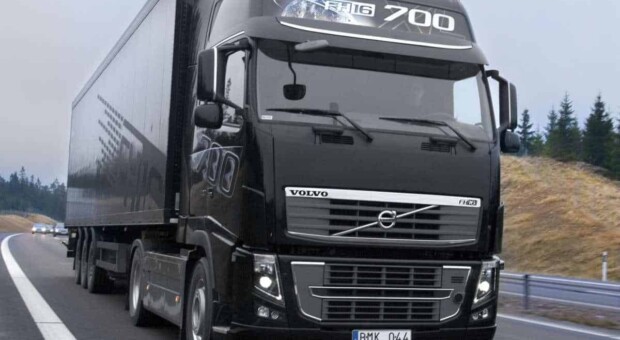
Traditionally providing consumers with information on car safety, today Euro NCAP announces that the safety organisation will expand its scope even further to provide detailed safety information about the safety of heavy trucks via an innovative Truck Safe City and Highway rating scheme.
As Euro NCAP outlines in its latest report Safer Trucks: on the Road to Vision Zero that is released today, the new Truck Safe rating scheme will enable all stakeholders in the freight industry to identify and assess the safety level of equipment in their heavy truck fleets. Not only will this deliver enhanced safety for drivers, but it will create a market for safe technology that will allow manufacturers to innovate and advance their offering within a clear framework for safety grounded in Euro NCAP principles. Cities and public authorities will be able to clearly identify the best vehicles for their roads and incentivise adoption and companies will be able to easily determine the vehicle specifications they need to comply with in road authority schemes.
Goods transport is an essential fact of all modern societies, providing everything we need to survive and much of what we want for comfort and enjoyment. Most of the freight within Europe is transported by road. Efforts to increase rail freight capacity, promote modal shift, source goods more locally, or organise logistics chains more efficiently can reduce road freight demand. Population growth and increases in the standard of living tend to increase freight demand. The net effect is a prediction (ITF, 2019) that global freight demand will treble between 2015 and 2050. Heavy trucks are likely to become more, not less, important. Heavy trucks represent almost 1.5% of vehicles on Europe’s roads and are involved in almost 15% of all EU road fatalities. Vision Zero will not be reached without tackling the challenges presented by trucks on our roads.
Euro NCAP believes creating a market where the safest choice of vehicle is the most profitable choice of vehicle will be critical to success. One way of achieving this is for Euro NCAP to link with national, regional and local initiatives such as local access restrictions, freight best practice schemes, public procurement contracting, and insurers to create incentives. If combined with a more robust and harmonised framework of technical standards, this will create the buying power necessary to generate the demand for safer vehicles that manufacturers need if they are to combine innovation and commercial success.
However, one size certainly does not fit all. For example, many trucks will be used depot-to-depot and never go near a built-up area. Others will spend their time distributing goods in cities, and others such as 4-axle rigid tippers might need to access off-road sites, rural lanes, motorways, and city centres. There is no point encouraging an urban-specific safety solution on a truck that never enters an urban area – that would create a cost without a benefit. But if vehicles without urban safety systems are permitted, it is only right to allow cities to try and keep them out of areas where those urban risks are high.
This has led to Euro NCAP’s innovative concept of a dual rating for city and highway environments. All vehicles will be rated against both sets of criteria. If vehicle operators buy a vehicle for a specific use, they also only need to consider the appropriate rating. Only general-purpose vehicles require good performance in both ratings.
















